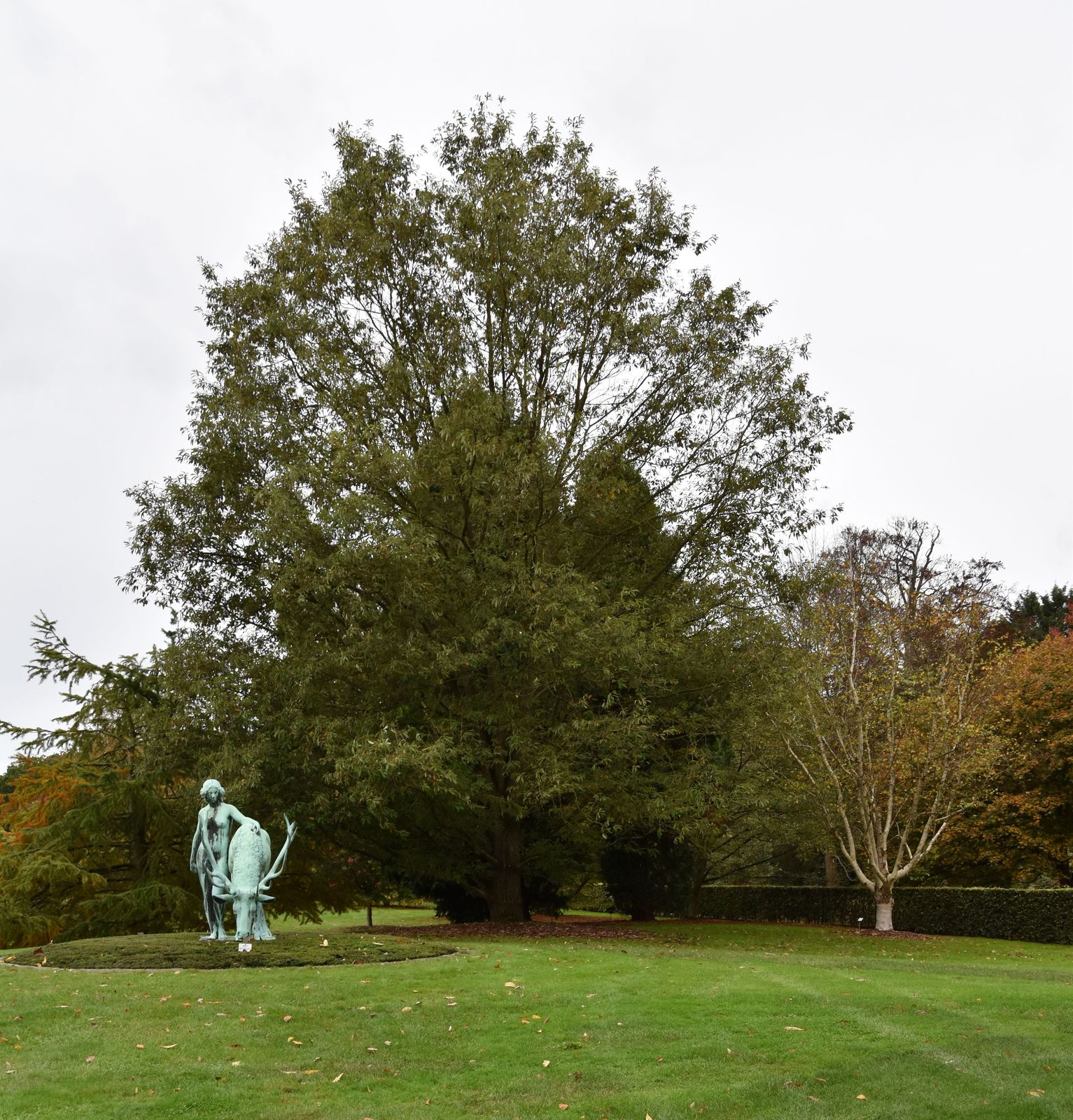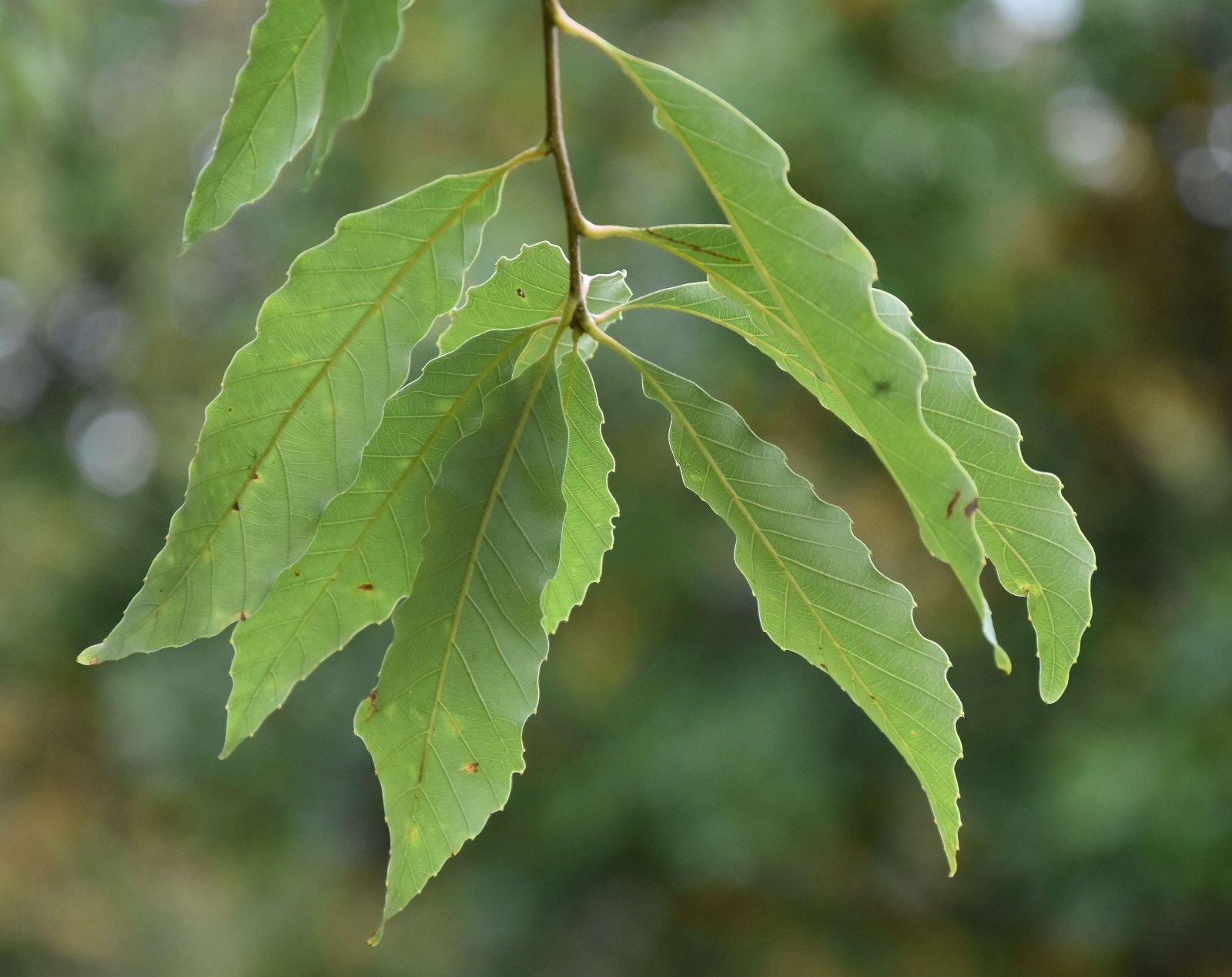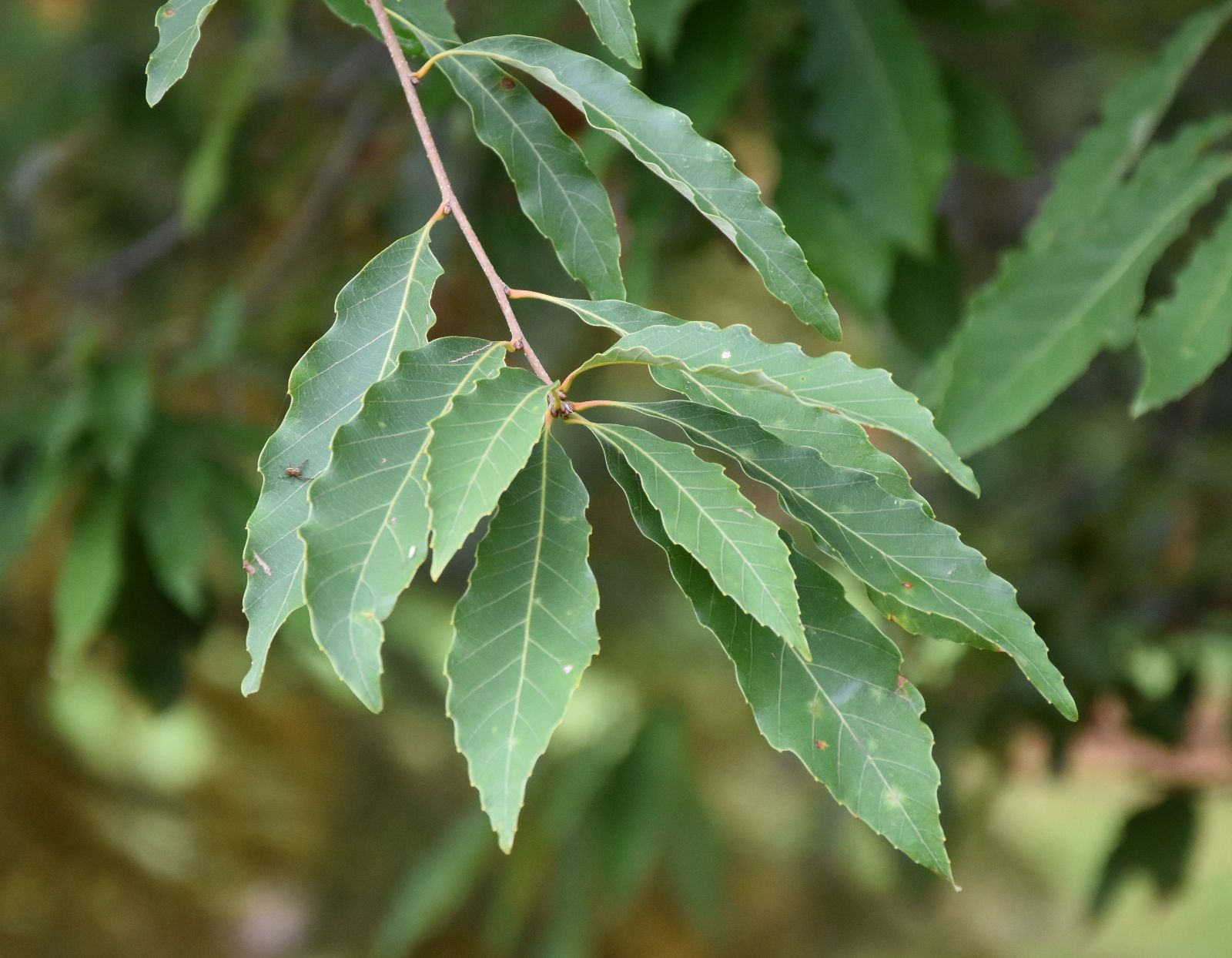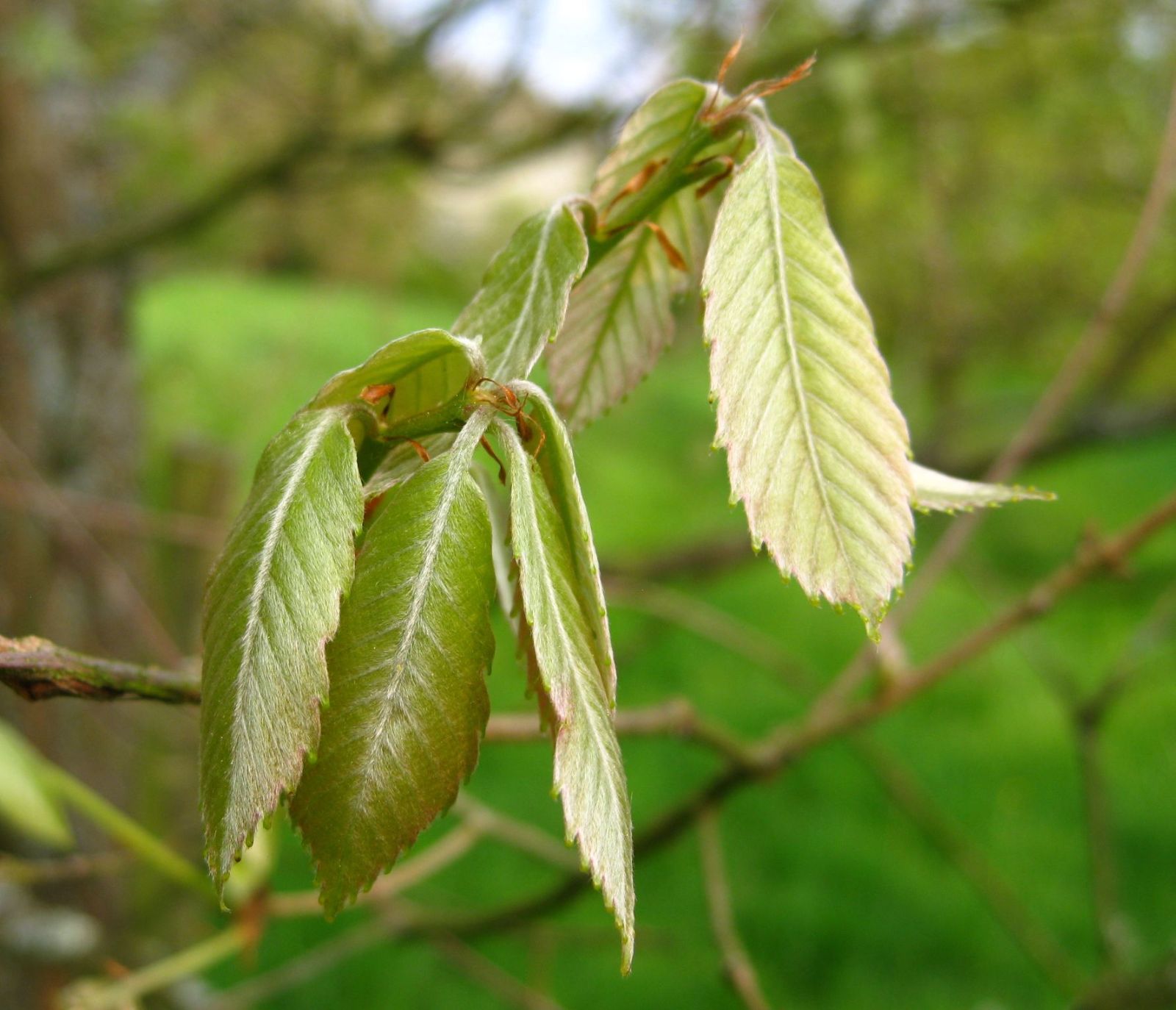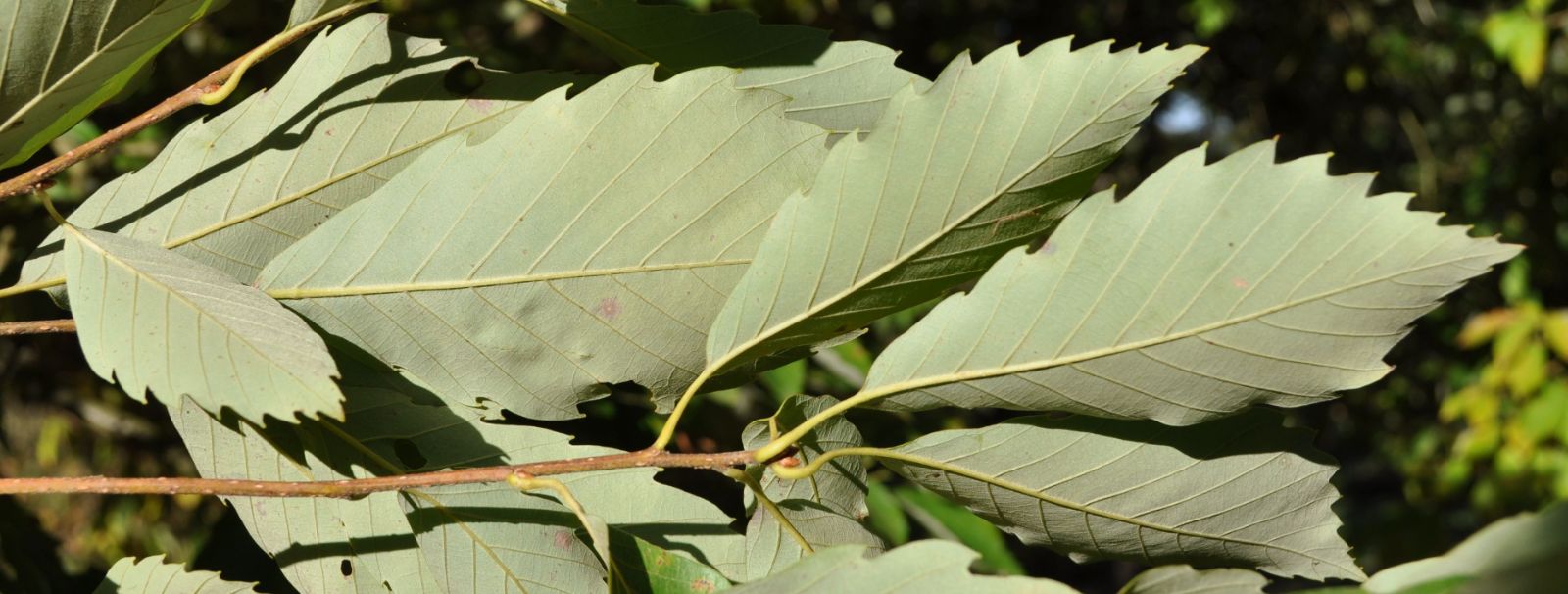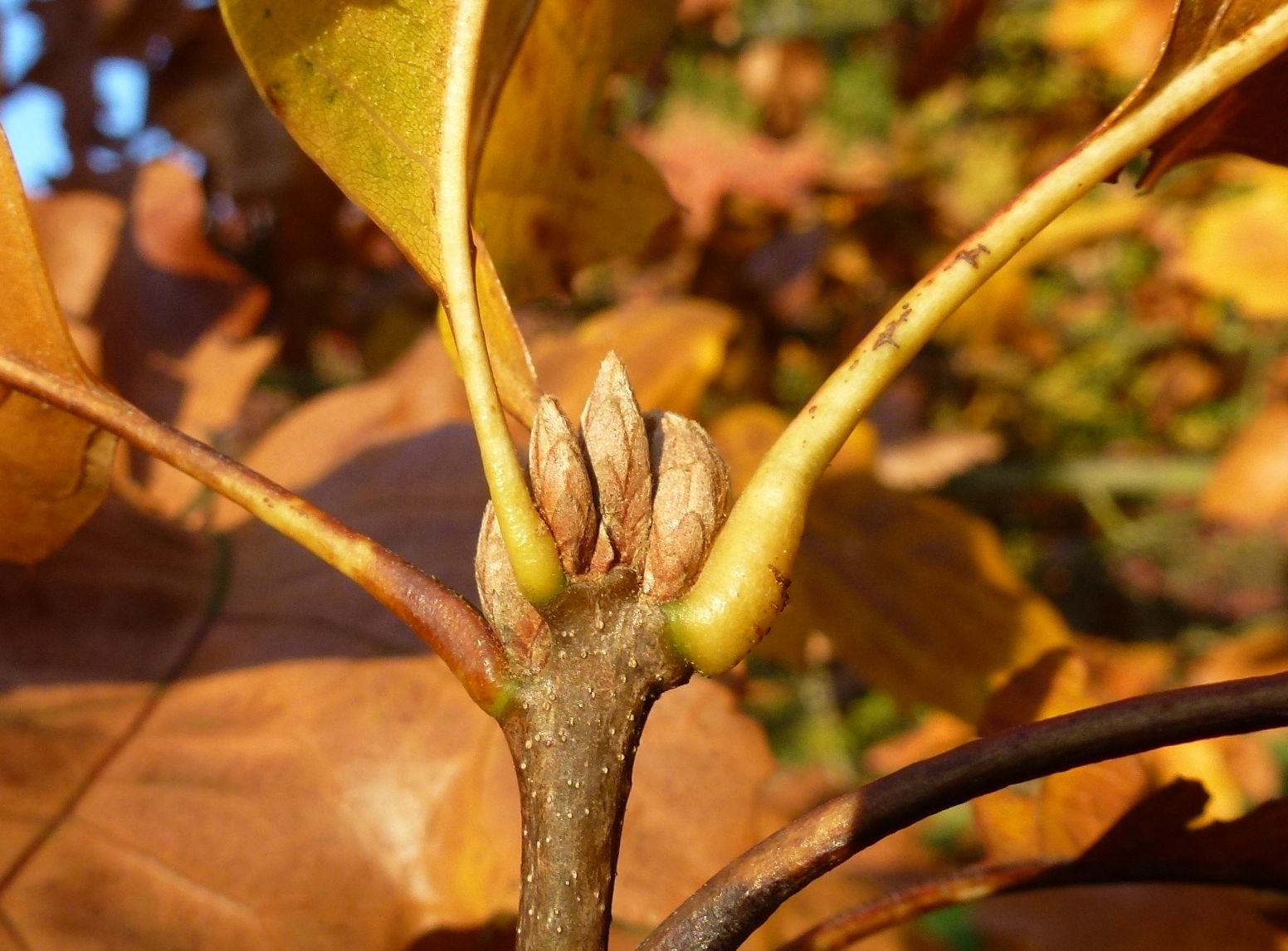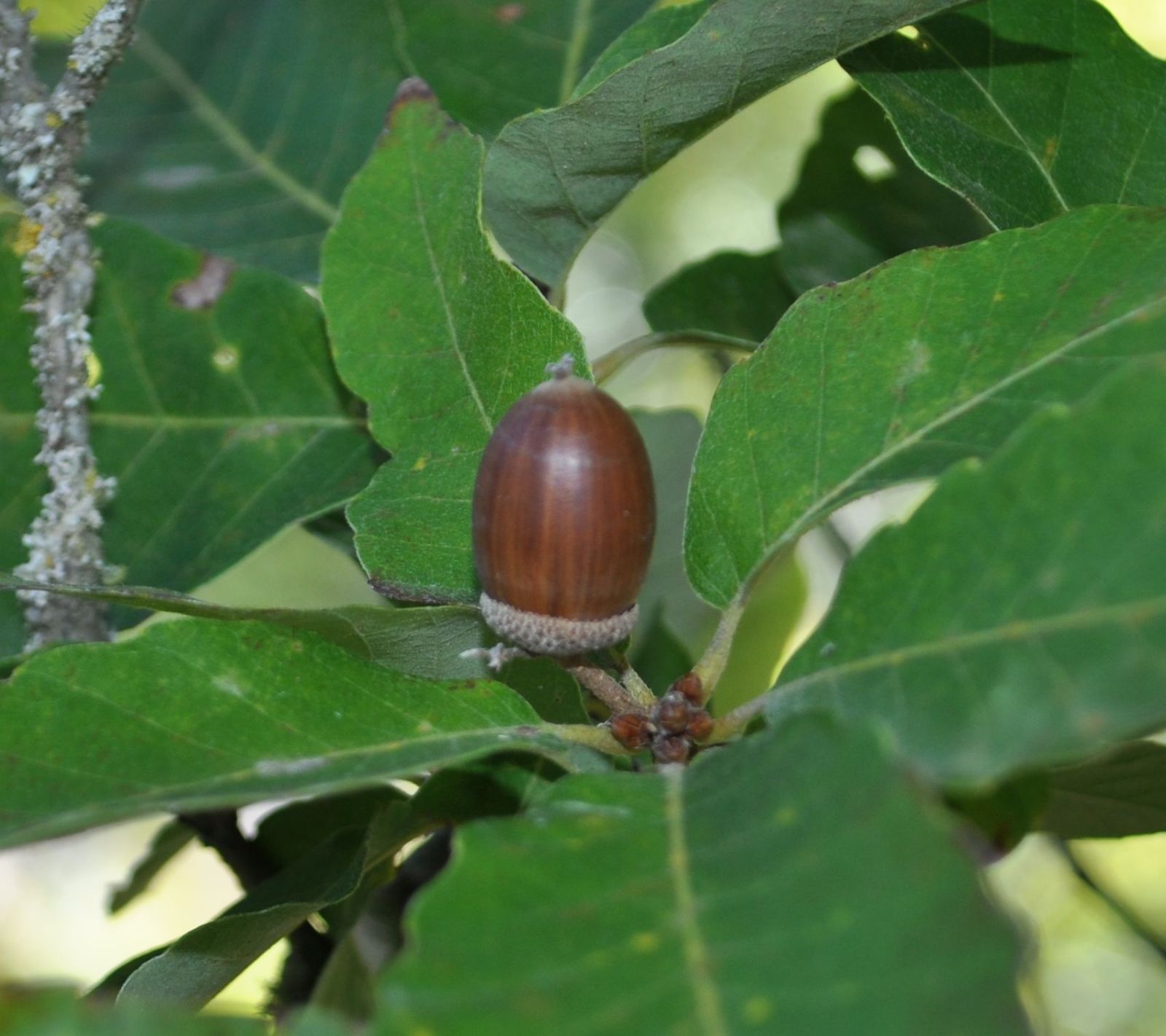Quercus serrata
Sponsor
Kindly sponsored by
The Trees and Shrubs Online Oak Consortium
Credits
Article from Bean's Trees and Shrubs Hardy in the British Isles
Recommended citation
'Quercus serrata' from the website Trees and Shrubs Online (treesandshrubsonline.
Genus
Synonyms
- Quercus glandulifera Blume
Other taxa in genus
- Quercus acerifolia
- Quercus acherdophylla
- Quercus acrodonta
- Quercus acuta
- Quercus acutifolia
- Quercus acutissima
- Quercus afares
- Quercus affinis
- Quercus agrifolia
- Quercus alba
- Quercus aliena
- Quercus alnifolia
- Quercus aquifolioides
- Quercus arizonica
- Quercus arkansana
- Quercus aucheri
- Quercus augustini
- Quercus austrina
- Quercus × auzendei
- Quercus baloot
- Quercus bambusifolia
- Quercus baronii
- Quercus bicolor
- Quercus brantii
- Quercus buckleyi
- Quercus canariensis
- Quercus canbyi
- Quercus candicans
- Quercus castanea
- Quercus castaneifolia
- Quercus cerris
- Quercus chenii
- Quercus chrysolepis
- Quercus coccifera
- Quercus cocciferoides
- Quercus coccinea
- Quercus conspersa
- Quercus crassifolia
- Quercus crassipes
- Quercus delavayi
- Quercus dentata
- Quercus deserticola
- Quercus dolicholepis
- Quercus douglasii
- Quercus dumosa
- Quercus durifolia
- Quercus eduardii
- Quercus ellipsoidalis
- Quercus emoryi
- Quercus engelmannii
- Quercus engleriana
- Quercus euboica
- Quercus eugeniifolia
- Quercus fabri
- Quercus faginea
- Quercus falcata
- Quercus floribunda
- Quercus frainetto
- Quercus franchetii
- Quercus fruticosa
- Quercus fusiformis
- Quercus gambelii
- Quercus garryana
- Quercus geminata
- Quercus georgiana
- Quercus germana
- Quercus gilliana
- Quercus gilva
- Quercus glabrescens
- Quercus glauca
- Quercus graciliformis
- Quercus gravesii
- Quercus griffithii
- Quercus grisea
- Quercus guyavifolia
- Quercus hartwissiana
- Quercus hemisphaerica
- Quercus × hispanica
- Quercus hondae
- Quercus hypargyrea
- Quercus hypoleucoides
- Quercus ilex
- Quercus ilicifolia
- Quercus imbricaria
- Quercus incana
- Quercus infectoria
- Quercus insignis
- Quercus ithaburensis
- Quercus kelloggii
- Quercus × kewensis
- Quercus kiukiangensis
- Quercus laceyi
- Quercus laevis
- Quercus lamellosa
- Quercus lanata
- Quercus lancifolia
- Quercus laurifolia
- Quercus laurina
- Quercus × leana
- Quercus leucotrichophora
- Quercus × libanerris
- Quercus libani
- Quercus lobata
- Quercus lobbii
- Quercus lodicosa
- Quercus longinux
- Quercus longispica
- Quercus look
- Quercus × ludoviciana
- Quercus macranthera
- Quercus macrocalyx
- Quercus macrocarpa
- Quercus macrolepis
- Quercus marilandica
- Quercus mexicana
- Quercus michauxii
- Quercus mongolica
- Quercus monimotricha
- Quercus montana
- Quercus morii
- Quercus muehlenbergii
- Quercus myrsinifolia
- Quercus myrtifolia
- Quercus nigra
- Quercus × numidica
- Quercus oblongifolia
- Quercus obtusata
- Quercus oglethorpensis
- Quercus oxyodon
- Quercus pagoda
- Quercus palmeri
- Quercus palustris
- Quercus pannosa
- Quercus parvula
- Quercus petraea
- Quercus phellos
- Quercus phillyreoides
- Quercus planipocula
- Quercus poilanei
- Quercus polymorpha
- Quercus pontica
- Quercus prinoides
- Quercus pubescens
- Quercus pyrenaica
- Quercus rehderiana
- Quercus reticulata
- Quercus robur
- Quercus rotundifolia
- Quercus rubra
- Quercus rugosa
- Quercus rysophylla
- Quercus sadleriana
- Quercus salicina
- Quercus sartorii
- Quercus × schneideri
- Quercus schottkyana
- Quercus semecarpifolia
- Quercus senescens
- Quercus sessilifolia
- Quercus setulosa
- Quercus shumardii
- Quercus sinuata
- Quercus spinosa
- Quercus stellata
- Quercus stenophylloides
- Quercus suber
- Quercus subspathulata
- Quercus tarokoensis
- Quercus tatakaensis
- Quercus texana
- Quercus tomentella
- Quercus trojana
- Quercus tungmaiensis
- Quercus turbinella
- Quercus × turneri
- Quercus undulata
- Quercus utahensis
- Quercus utilis
- Quercus uxoris
- Quercus variabilis
- Quercus velutina
- Quercus virginiana
- Quercus vulcanica
- Quercus warburgii
- Quercus wislizenii
- Quercus xalapensis
This species was described by Bean as Quercus glandulifera Blume
A deciduous tree up to 30 or 45 ft high, of elegant habit; young shoots with silky, appressed, and forward-pointing hairs. Leaves obovate or narrowly oval, 2 to 7 in. long, 1 to 21⁄2 in. wide, tapered at both ends, with six to twelve incurved, gland-tipped teeth at each side, and eight to fourteen pairs of parallel veins running out to the apex of the teeth; dark green above, greyish beneath, both surfaces white with appressed silvery hairs when quite young, much of which falls away from the upper one; stalk 1⁄4 to 1⁄2 in. long. Fruits small, solitary, or several on a short stalk; cup shallow.
Native of Japan, Korea, and China. It was introduced from Japan in 1893 by Prof. Sargent of the Arnold Arboretum, USA, and there are three fine specimens at Kew in the Oak collection by the Thames, raised from the seeds he sent. They measure 64 × 6 ft, 62 × 51⁄2 ft, and 54 × 41⁄2 ft (1972). It was reintroduced from China by Wilson in 1909, under W.1294, collected in woodland near Mupin in W. Szechwan. A tree at Kew from this sending is 54 × 41⁄4 ft (1972). Judging from these trees, Q. serrata is one of the most ornamental of hardy oaks. The elegantly shaped leaves are often very narrow in proportion to their length; on one tree at Kew they are not much over 11⁄2 in. wide. No other specimen has been recorded in the British Isles apart from one in the National Botanic Garden, Glasnevin, Eire, measuring 36 × 3 ft (1966).
From the Supplement (Vol. V)
specimens: Kew, pl. 1893 (Sargent introduction), 62 × 61⁄2 ft and 60 × 61⁄4 ft (1984); Hillier Arboretum, Ampfield, Hants, 30 × 23⁄4 ft (1985); Edinburgh Botanic Garden, 42 × 21⁄2 + 2 ft (1985); Mount Usher, Co. Wicklow, Eire, 39 × 5 ft (1975).
This oak also occurs in Korea. It was reintroduced to Kew in 1982 from the Songnisan National Park in eastern South Korea, where it attains about 60 ft in height (B. E. & C. 286).



